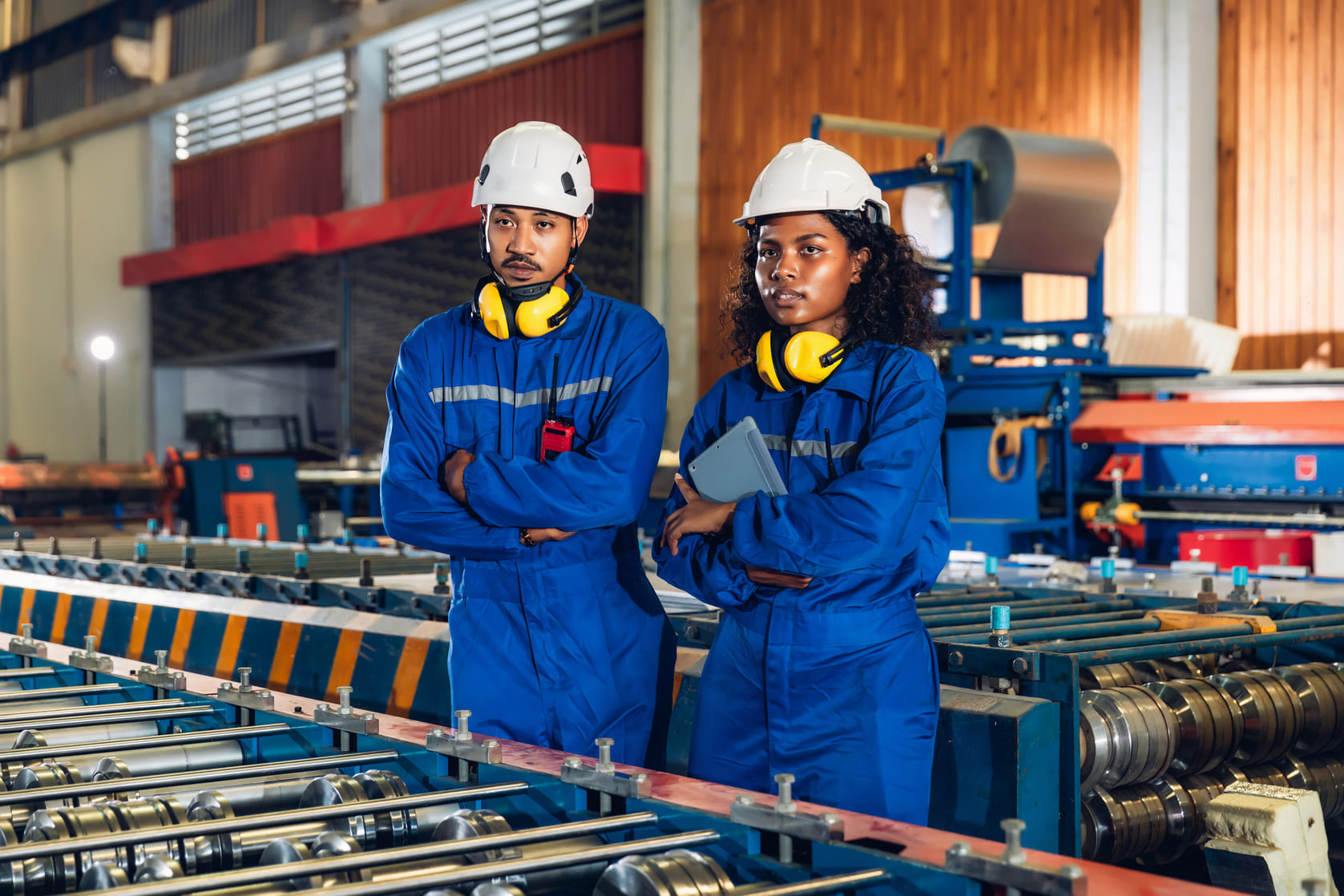More efficient production, less waste, and higher quality: these are all goals every factory strives for. But to achieve them, the right tools and methodologies are needed. One of these methodologies is One Piece Flow. Also called Lean Flow, this method creates a more streamlined process. In this blog, you will read how One Piece Flow works and what benefits it brings to an organization.
What is One Piece Flow?
In the One Piece Flow method, producing large batches of products simultaneously is replaced by producing products that move through the process one by one. A product goes through all processing steps consecutively, without pause. Once a product is finished at one production station, it immediately moves to the next. The idea of One Piece Flow comes from Lean Manufacturing. It is also referred to as the Lean Flow method or One Piece Flow Lean. By processing only one product at a time, waiting times are reduced, and overall throughput improves. Less inventory accumulates between processes. The goal of the One Piece Flow method is to get as close as possible to a continuous flow, adding value without interruptions.
What are the benefits of One Piece Flow?
By applying One Piece Flow Lean in the production environment, you can enjoy several advantages. The key benefits of One Piece Flow include:
- Reduced work-in-progress inventory: Producing large batches often leaves partially finished products between processing stations. This ties up capital and takes up unnecessary space. With One Piece Flow, this inventory is minimized.
- Faster lead times: Because products move directly to the next step, the total production time is significantly shorter. This allows for quicker delivery to customers.
- Improved quality: Since only one product moves through the process at a time, errors become visible more quickly. Deviations are immediately detected at the next station, allowing for instant corrective action. This can prevent the rejection of an entire batch.
- Greater flexibility: One Piece Flow makes it easier to produce small batches or customized products. You do not have to wait for a full batch to finish before switching to another product.
- Increased employee engagement: Because the process becomes more transparent, operators feel responsible for their contribution. This often increases motivation and teamwork on the shop floor.
Example of One Piece Flow
Imagine you are involved in a factory that produces coffee machines. In batch production, all the machine casings are first produced, then all the switches, and finally the remaining components. This means that hundreds or even thousands of incomplete coffee machines are ‘waiting’ to move further along in the process.
With One Piece Flow, this problem does not occur. As soon as the casing of one coffee machine is finished, it immediately moves to the next machine or worker, who installs the switch. The same machine then continues directly to the next step. In no time, the coffee machine is complete. In this way, Flow Lean reduces waiting times, minimizes simultaneous work on different tasks, and ensures faster delivery to the customer.
How to implement One Piece Flow in your factory
Switching from batch production to One Piece Flow is a significant change and requires a structured approach. Key steps to follow when implementing Lean Flow are:
- Analyse current processes
Map out how products currently move through the factory and identify the main bottlenecks. - Determine product families
Not all products are equally suitable for One Piece Flow. Identify product groups that undergo similar processes and start with those. - Create a balanced line
Align the processing times of different stations as much as possible to prevent bottlenecks. - Start small and scale up
Begin with a test run for one product family. Evaluate the results, learn from any mistakes, and then gradually expand. - Actively involve employees
One Piece Flow requires changes in both workflow and mindset. Ensure operators are involved, trained, and given space to suggest improvements. - Use visual tools
Tools such as clear work standards and digital checklists can help make the process transparent and easy to follow.
One Piece Flow vs. Batch
The question of One Piece Flow versus batch production is often explored. Fundamentally, the difference between the two is simple. In batch production, products are processed in groups, which often leads to higher inventory levels, longer waiting times, and longer lead times. The advantage, however, is that machines or workers can specialize in one task. The downside is reduced flexibility. One Piece Flow, on the other hand, moves products through the process one by one. This requires more coordination and sometimes a reorganization of the factory, which can be challenging. On the other hand, it results in faster lead times, lower costs, and higher quality. While batch production originally seemed attractive due to efficiency per operation, in practice, overall efficiency is increasingly higher with One Piece Flow.
Questions about One Piece Flow?
Are you considering applying One Piece Flow in your factory? Or would you like to know how digital tools, such as the EZ Factory app, can support this process? Feel free to contact us.


